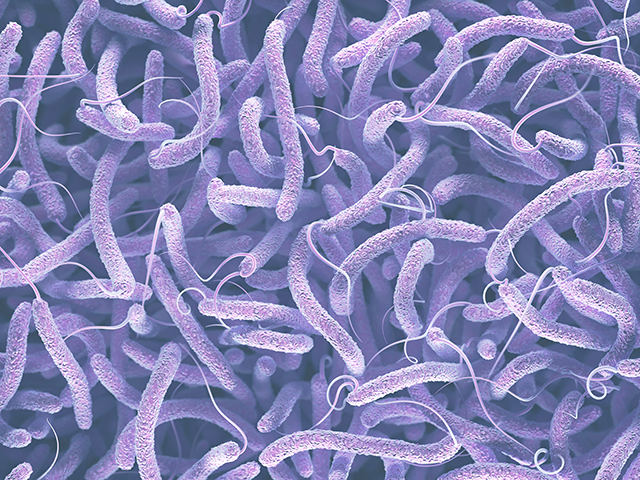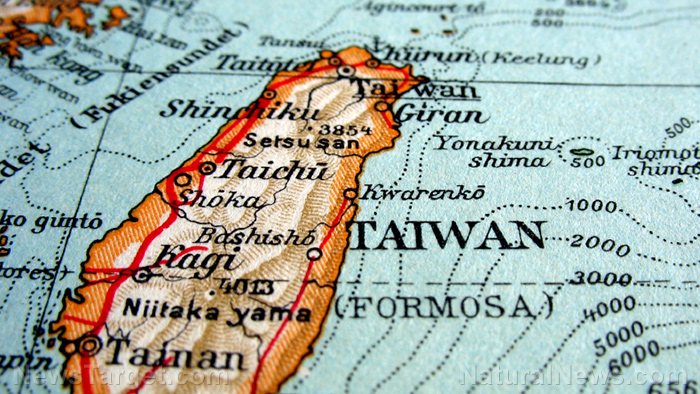
- A silent bacterial threat, Vibrio vulnificus, is deadlier than sharks and spreading rapidly in U.S. coastal waters.
- Hurricanes and warming waters fuel its expansion, with Florida cases nearly doubling and infections surging eightfold in eastern states.
- The bacteria turns minor wounds or raw oysters into fatal infections, killing 20% of victims—some within 48 hours.
- High-risk groups (diabetics, liver disease patients, immunocompromised) face severe tissue death, sepsis, and organ failure.
- Prevention is simple: cover wounds, cook shellfish thoroughly, and seek immediate help for suspicious symptoms after water exposure.
A spreading threat
Vibrio thrives in warm, brackish water, conditions that are becoming more common due to extreme weather. After Hurricane Ian (2022) and Hurricane Helene (2024), Florida saw a spike in cases as storm runoff fed plankton blooms, creating an ideal environment for the bacteria. But hurricanes aren’t the only factor. Warmer water temperatures are pushing the bacteria’s range northward. Massachusetts, once considered low-risk, has reported seven cases in the past seven years, including four linked to local exposure. The numbers are alarming. Between 1988 and 2018, infections in eastern states increased eightfold. Florida alone saw 82 cases and 19 deaths in 2024, which is nearly double the national annual average. With a 20% mortality rate, some victims die within 48 hours.How a scratch becomes a death sentence
Vibrio doesn’t discriminate, but it preys on vulnerability. For healthy individuals, a dip in the ocean or a raw oyster poses little risk. But for those with liver disease, diabetes, cancer, or weakened immune systems, the bacteria can be fatal. It enters through even microscopic breaks in the skin, such as a blister, a scrape, or a fresh tattoo, and releases toxins that destroy muscle, nerves, and blood vessels. The body’s immune response worsens the damage as swelling cuts off blood flow, turning tissue black and necrotic. "Incredible pain is one of the tipping points," said Dr. H. Dele Davies, an infectious disease expert. Others develop blisters filled with blood or black fluid, a sign of dying tissue. If the infection reaches the bloodstream, sepsis sets in, leading to organ failure and death within hours.The raw truth about oysters and shellfish
While wounds are the most common entry point, Vibrio also lurks in raw oysters and shellfish. Healthy people who consume contaminated seafood usually experience mild illness, but for the immunocompromised, it can be deadly. More than 95% of seafood-related Vibrio deaths are tied to this bacteria. To reduce your risk, cook shellfish thoroughly (at least 145°F), avoid raw oysters if you’re high-risk, and wash hands and surfaces after handling raw seafood.How to stay safe without living in fear
Most people will never encounter Vibrio, but with cases rising, vigilance is crucial:- Cover wounds: Use a waterproof bandage before entering saltwater or brackish water.
- Wash immediately: Clean cuts with soap and running water after swimming.
- Know your risk: If you have liver disease, diabetes, or a weakened immune system, take extra precautions.
- Watch for symptoms: Severe pain, redness, swelling, blisters, fever, or chills after water exposure? Seek medical help immediately.
Cancer panic erupts as Manhattan Project’s nuclear legacy resurfaces in U.S. cities
By Belle Carter // Share
Trump endorses Ukrainian strikes inside Russia, reversing his earlier position
By Ava Grace // Share
By Evangelyn Rodriguez // Share
Parkinson’s disease risk soars by 40% for those with metabolic syndrome
By Willow Tohi // Share
Russia’s Arctic ambitions: A strategic power play amid global concerns
By Kevin Hughes // Share
A viral video ignites federal firestorm over Minnesota fraud
By willowt // Share
Russia activates "unstoppable" Poseidon tsunami drone
By kevinhughes // Share
Russian FM Lavrov: Moscow will back China on Taiwan issue
By ramontomeydw // Share
The breakfast clock: Why timing your morning meal is a secret weapon against high cholesterol
By jacobthomas // Share
The Health Ranger's New Year Revolution: The ultimate guide to health, wealth and freedom
By kevinhughes // Share
"Absolute Healing" on BrightU: Experts explore COVID-19 as an engineered bioweapon
By jacobthomas // Share











